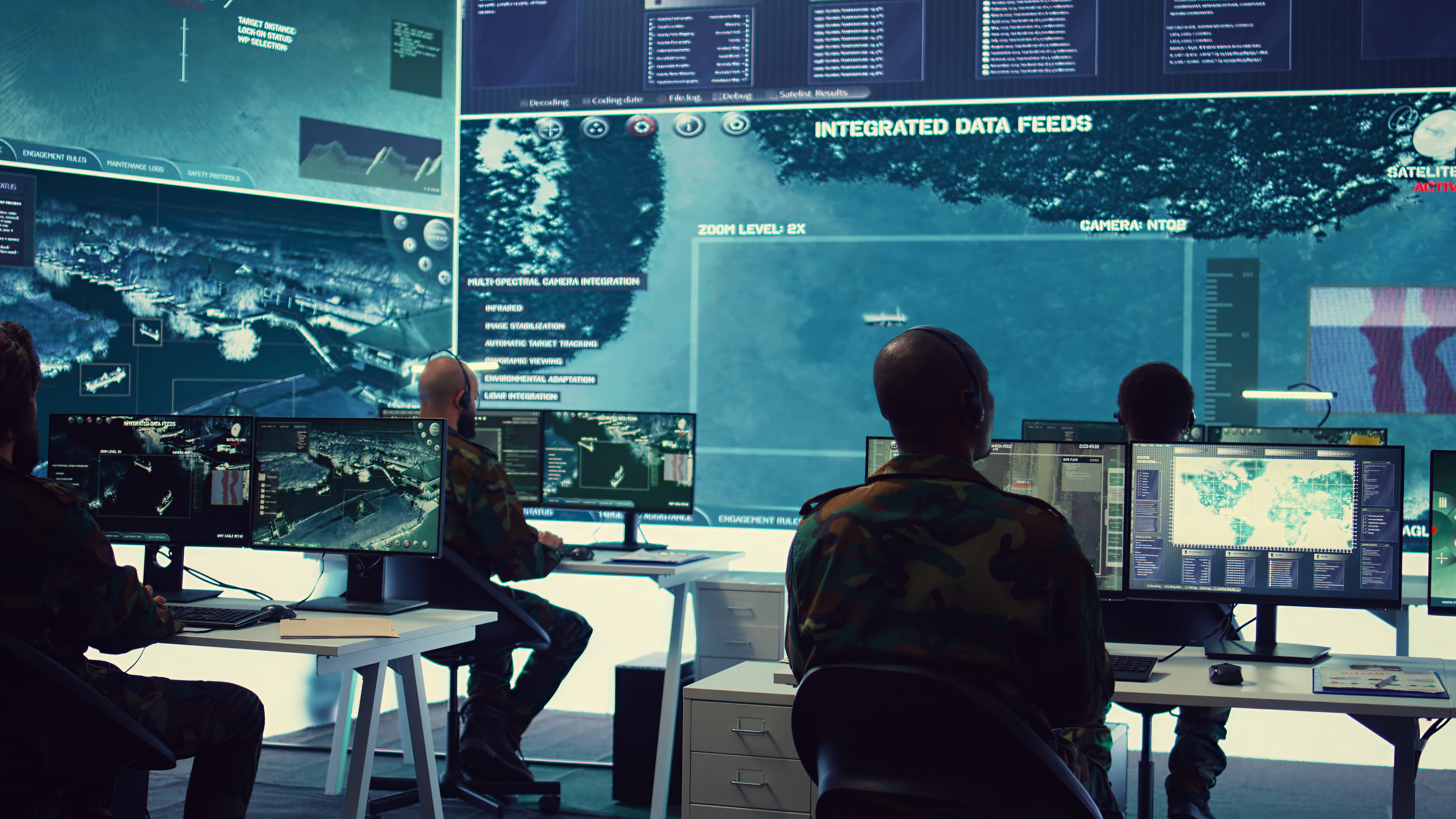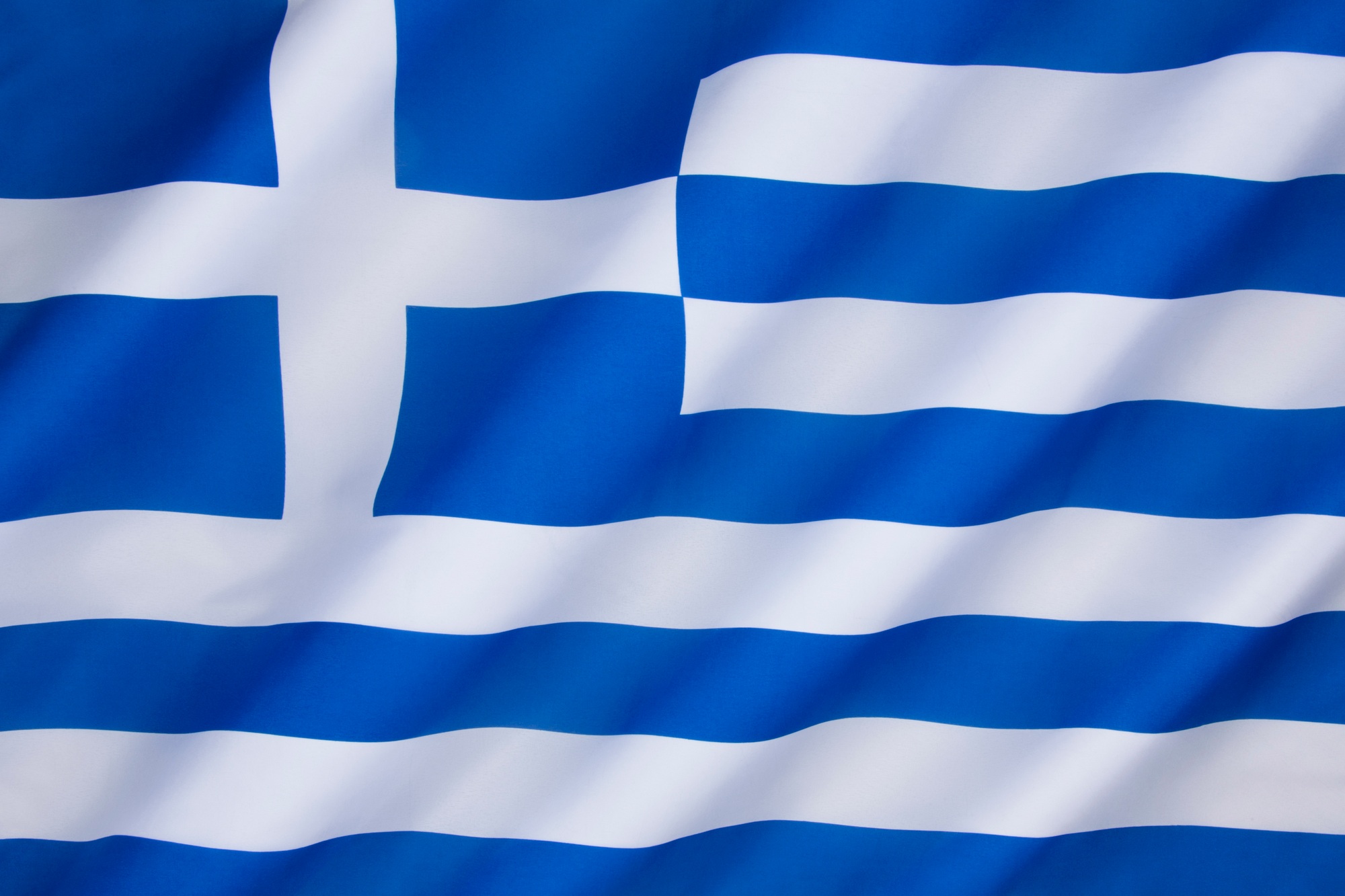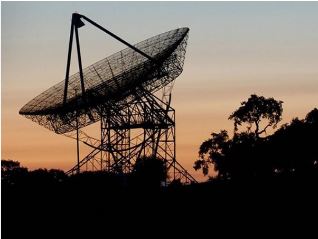The War Department has formally launched GenAI.mil, a bespoke generative AI platform powered initially by Gemini for Government, making frontier AI capabilities available to its approximately three million military, civilian, and contractor staff.
According to the department’s announcement, GenAI.mil supports so-called ‘intelligent agentic workflows’: users can summarise documents, generate risk assessments, draft policy or compliance material, analyse imagery or video, and automate routine tasks, all on a secure, IL5-certified platform designed for Controlled Unclassified Information (CUI).
The rollout, described as part of a broader push to cultivate an ‘AI-first’ workforce, follows a July directive from the administration calling for the United States to achieve ‘unprecedented levels of AI technological superiority.’
Department leaders said the platform marks a significant shift in how the US military operates, embedding AI into daily workflows and positioning AI as a force multiplier.
Access is limited to users with a valid DoW common-access card, and the service is currently restricted to non-classified work. The department also says the first rollout is just the beginning; additional AI models from other providers will be added later.
From a tech-governance and defence-policy perspective, this represents one of the most sweeping deployments of generative AI in a national security organisation to date.
It raises critical questions about security, oversight and the balance between efficiency and risk, especially if future iterations expand into classified or operational planning contexts.
Would you like to learn more about AI, tech and digital diplomacy? If so, ask our Diplo chatbot!










